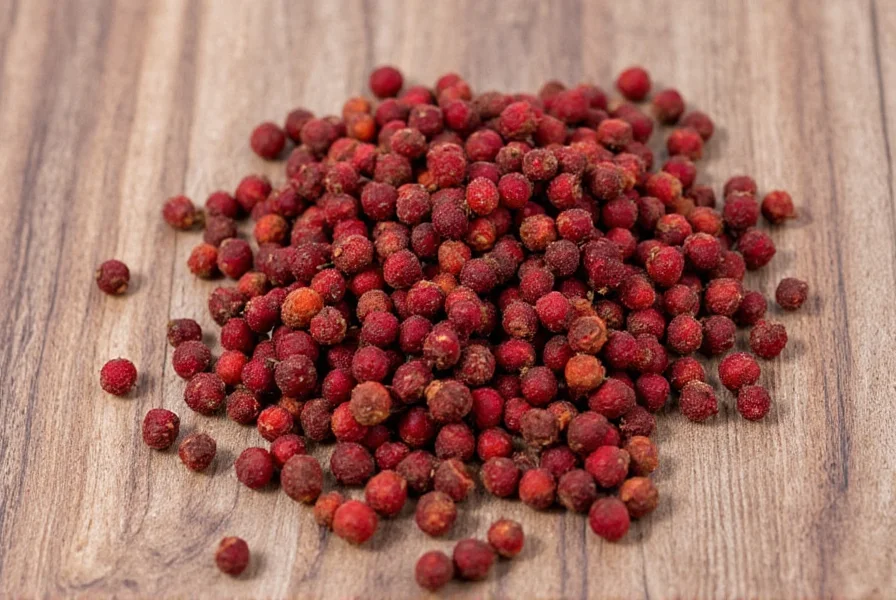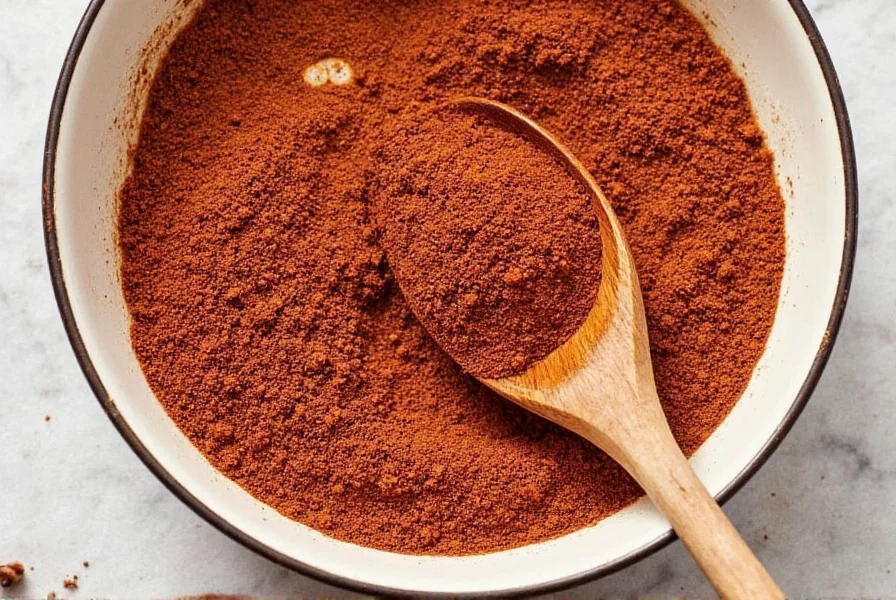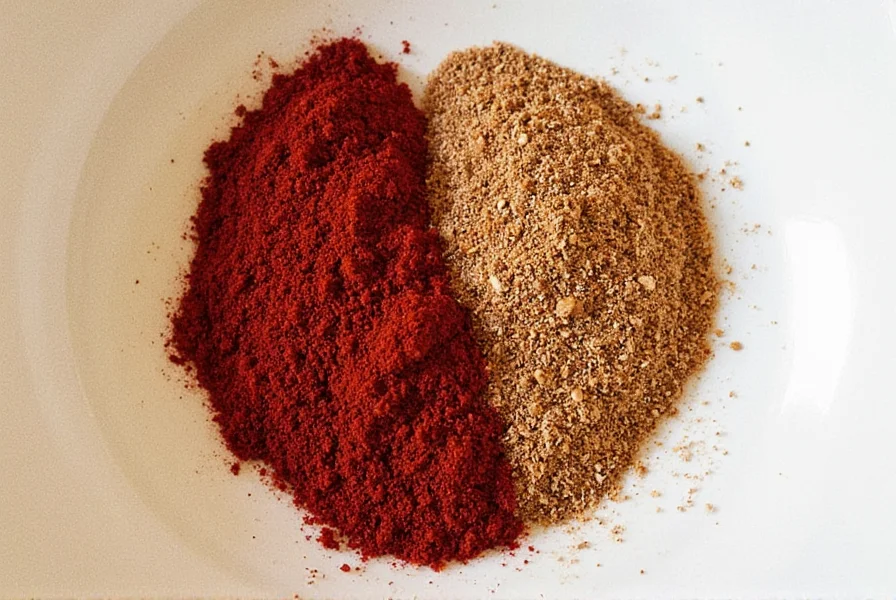When searching for allberry spice information, many home cooks and culinary enthusiasts encounter confusion between this term and the actual spice known as allspice. This common misunderstanding stems from the phonetic similarity between “allberry” and “allspice,” particularly when hearing the term spoken aloud in kitchen settings.
What Exactly Is Allspice?
Allspice, scientifically known as Pimenta dioica, comes from the dried berries of an evergreen tree in the myrtle family. Native to Jamaica, Central America, and the Greater Antilles, this spice has been used for centuries in traditional cooking. Spanish explorers in the 1500s named it “pimienta” (pepper) because of its sharp flavor, which eventually evolved into “allspice” in English due to its complex flavor profile.
The name “allspice” perfectly captures why people often search for allberry spice alternatives or allberry spice meaning—its aroma and taste combine elements that remind people of multiple spices. However, it remains a single, distinct spice rather than a blend.
| Characteristic | Allspice Details |
|---|---|
| Botanical Name | Pimenta dioica |
| Origin | Central America, Caribbean |
| Flavor Profile | Cinnamon, nutmeg, cloves, pepper |
| Common Forms | Whole berries, ground powder |
| Storage Life | 2-3 years (whole), 6-12 months (ground) |
Allspice vs. Common Misconceptions
Understanding the difference between allberry spice and allspice prevents culinary mistakes. Many believe allspice contains actual berries from multiple spice plants, but it comes exclusively from one plant species. The confusion around allberry spice definition often leads cooks to purchase incorrect ingredients or abandon recipes requiring this unique spice.
Unlike spice blends such as pumpkin pie spice or garam masala, allspice stands alone as a singular ingredient. Its complex flavor makes it invaluable in Caribbean jerk seasoning, Middle Eastern baharat, and European pickling recipes. When exploring allberry spice culinary uses, remember you're actually working with allspice.

Culinary Applications of Allspice
Chefs worldwide utilize allspice for its versatility across sweet and savory applications. In Caribbean cuisine, it forms the backbone of jerk seasoning, while European bakers incorporate it into fruitcakes and gingerbread. The proper usage of allberry spice in recipes (again, actually allspice) requires understanding its potency—use sparingly as its flavor intensifies during cooking.
For meat dishes, add whole allspice berries to braising liquids for beef or pork—remove before serving. In baking, ground allspice complements apples, pears, and pumpkin. When recipes call for allberry spice substitution, combine equal parts cinnamon, nutmeg, and a pinch of cloves, though this won't perfectly replicate authentic allspice.
Nutritional Profile and Health Considerations
Allspice contains eugenol, a compound with antioxidant and anti-inflammatory properties. Research suggests potential digestive benefits and antimicrobial effects, though these findings come from concentrated extracts rather than culinary usage amounts. When investigating allberry spice health benefits, recognize that most studies examine allspice itself.
Nutritionally, one teaspoon of ground allspice provides approximately 6 calories, 1 gram of fiber, and notable amounts of manganese, iron, and calcium. As with any spice, moderation remains key—excessive consumption may cause digestive discomfort in sensitive individuals.

Purchasing and Storage Guidelines
For optimal flavor, purchase whole allspice berries rather than pre-ground powder. Look for plump, dark brown berries with a strong, sweet aroma. When shopping for allberry spice products, verify the label says “allspice” to avoid confusion. Store whole berries in an airtight container away from light and heat—they maintain potency for up to three years.
Grind berries as needed using a dedicated spice grinder for maximum flavor retention. Ground allspice loses potency more quickly, so buy in small quantities and use within six to twelve months. Understanding proper allberry spice storage techniques ensures you get the most from this versatile ingredient.
Common Substitutions and Recipe Adjustments
When you can't find allspice (often mistakenly called allberry spice), create a substitute by combining 1/2 teaspoon cinnamon, 1/4 teaspoon nutmeg, and a pinch of ground cloves for every 1 teaspoon of allspice required. This approximation works well in baked goods but falls short in traditional jerk recipes where authentic allspice provides irreplaceable depth.
For Caribbean dishes, consider adding a small amount of black pepper to your substitute mixture to mimic allspice's subtle heat. When adjusting recipes calling for allberry spice quantity, remember that homemade substitutes lack the complexity of genuine allspice, so you may need to experiment with proportions.
Frequently Asked Questions
Is allberry spice the same as allspice?
No, allberry spice is not a recognized spice term. It's almost certainly a misspelling or mishearing of allspice. Allspice is a single spice made from the dried berries of the Pimenta dioica tree, not a blend containing multiple berries.
Can I use allspice instead of the five-spice powder?
Allspice cannot directly substitute for five-spice powder as they have different flavor profiles. Five-spice contains star anise, cloves, Chinese cinnamon, Sichuan pepper, and fennel seeds. In a pinch, you might use allspice as part of a substitute mixture, but it won't replicate authentic five-spice flavor.
Why does allspice smell like multiple spices?
Allspice contains eugenol (also found in cloves), terpenes (similar to those in cinnamon), and other compounds that create a complex aroma reminiscent of several spices. This natural chemical composition gives it notes of cinnamon, nutmeg, and cloves simultaneously, explaining why people often search for allberry spice alternatives.
What’s the difference between whole allspice berries and ground allspice?
Whole allspice berries retain their flavor and potency significantly longer than ground allspice. Whole berries can stay fresh for 2-3 years when stored properly, while ground allspice loses potency within 6-12 months. For best results, grind whole berries as needed using a dedicated spice grinder.
Which cuisines use allspice most frequently?
Allspice features prominently in Caribbean cuisine (especially Jamaican jerk seasoning), Middle Eastern dishes (like baharat spice blend), and Central American cooking. It also appears in European pickling recipes, sausages, and traditional baking like German gingerbread and English fruitcakes.











 浙公网安备
33010002000092号
浙公网安备
33010002000092号 浙B2-20120091-4
浙B2-20120091-4